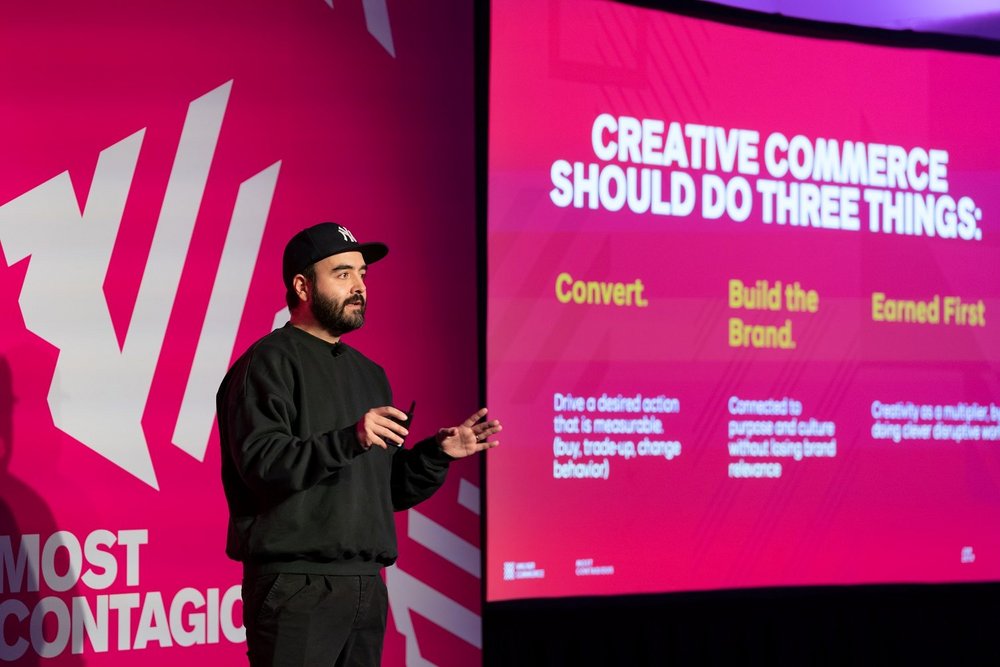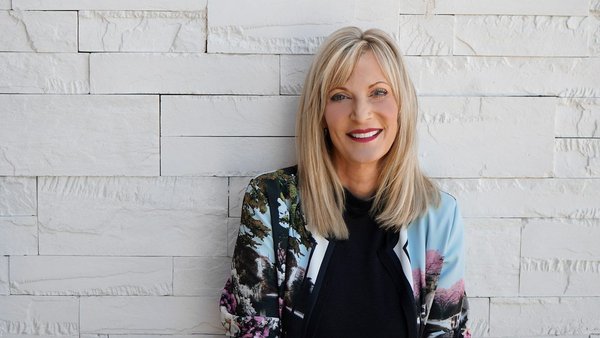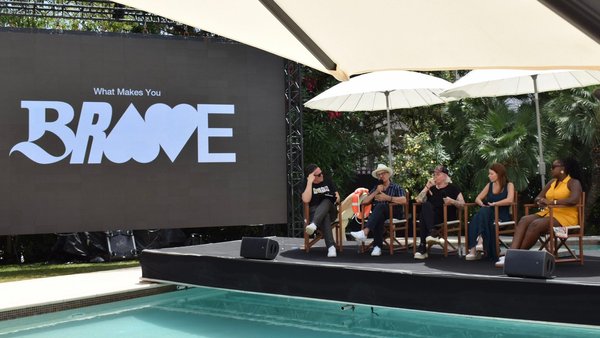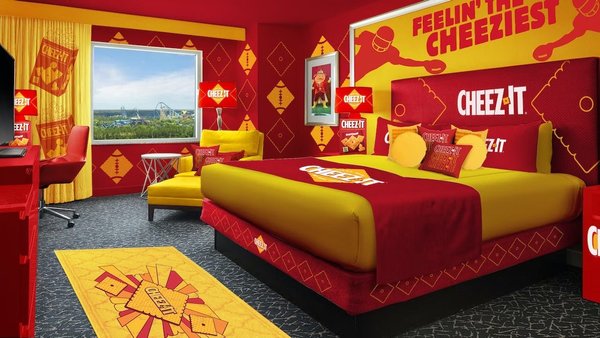Promoted content
Why creative commerce is the ‘next big canvas’ /
VMLY&R Commerce’s global CCO Manuel Bordé on how creativity and commerce are combining to revolutionise marketing.

At a time when shoppers can buy anything anywhere anytime, awareness just doesn’t cut it any more, according to Manuel Bordé, global chief creative officer at VMLY&R Commerce.
Bordé was speaking at Most Contagious New York on 26 January about how commerce and creativity are colliding to create new opportunities for brands to build salience, boost engagement and drive sales in a multi-channel world.
He began with a story about growing up in Colombia with just one TV in his house, and how he and his brother would watch the ads and try to guess the product or brand.
One ad stood out back then. It was for Frutiño, a powdered drink mix, and it featured Colombian goalkeeper René Higuita performing his scorpion kick – five years before he pulled off the same move in an international match against England at Wembley Stadium.
After seeing the ad, Bordé and his brother asked their mother to buy Frutiño, and she did. It was a simple dynamic that took place within a single channel. But fast-forward to today and things are very different.
‘My brother's two kids are already shopping using Alexa,’ said Bordé, ‘they're already interacting with the ads through connected TV. And the old “Tiktok made me buy it”? I think they've fallen for that one a lot of times, too.’
As technology, and smartphones in particular, have become more sophisticated, we have progressed from single to multi-channel marketing and ecommerce, and now to what Bordé referred to as ‘end-to-end or connected commerce’.
Within this changing landscape, brick-and-mortar retailers are establishing their own media ecosystems, social media platforms are facilitating transactions, and marketers are increasingly having to figure out how they are going to bring their brands into virtual worlds, like Roblox.
The point of all this, said Bordé, is that awareness by itself ‘just doesn’t cut it anymore’. Increasingly, all marketing must provide customers with the motive and means to complete a desired action, and that’s why creative commerce is ‘the next big canvas’.
But creative commerce is more than putting a ‘buy now’ button on every piece of communication, said Bordé. As well as driving conversion, creative commerce must also build the brand, connect to purpose and culture, and earn and multiply attention by being clever and disruptive.
To illustrate what this looks like in practice, Bordé highlighted three examples of creative commerce campaigns by VMLY&R Commerce teams around the world.
The first was the Smart Fill initiative for Unilever Hindustan, created by VMLY&R Commerce in India. Here the FMCG giant installed machines in supermarkets that dispensed detergent, fabric conditioner and dishwashing liquid, and encouraged customers to bring their own bottles to fill – even if they belonged to a competitor brand. Not only did this earn a lot of media by being innovative, said Bordé, it aligned with Unilever’s goals to reduce plastic pollution, and even encouraged sampling, by allowing customers to purchase just small amounts of the products.
The second campaign was for Oreo and was created by VMLY&R Commerce in the US. The Oreo Stuf Scan campaign invited people to visit a microsite and scan any pair of trainers with a so-called ‘Oreo’ colour pattern (sneakerheads have taken to describing any black and white trainers as ‘Oreo’) to redeem a two-for-one voucher for Oreo cookies at Target.
Strip away the scanning technology and the narrative about sneakers, and what you are left with, said Bordé, is just a discount for cookies. But the Stuf Scan campaign made that offer more compelling, he added, by finding ‘an opportunity to tell a story and to connect the brand to culture by gamifying the coupon.’
The final example was a campaign for Corona beer in Mexico. VMLY&R Commerce Mexico noticed that a lot of football fans in Mexico didn’t take their phone or wallet with them to the stadium on match day because they were wary of pickpockets. This was a problem for Corona because those people were then less likely to buy beers within the stadium. So the agency came up with the idea to sew RFID chips into the badges of fans’ team jerseys, turning the shirts into a means of making contactless payments. Problem solved.
Overall, said Bordé, 2022 was a great year for creative commerce, which even got its own category at the Cannes Lions International Festival of Creativity for the first time. But he believes that in 2023 there is the potential for creative commerce to revolutionise marketing and media by using creativity and technology to not just build brands but also build baskets.
‘Because let's be honest,’ finished Bordé, ‘at the end of the day our ultimate job as marketers and creatives is to sell more Frutiño.’
Want more of the same? /
We don’t just write about best-in-class campaigns, interviews and trends. Our Members also receive access to briefings, online training, webinars, live events and much more.




